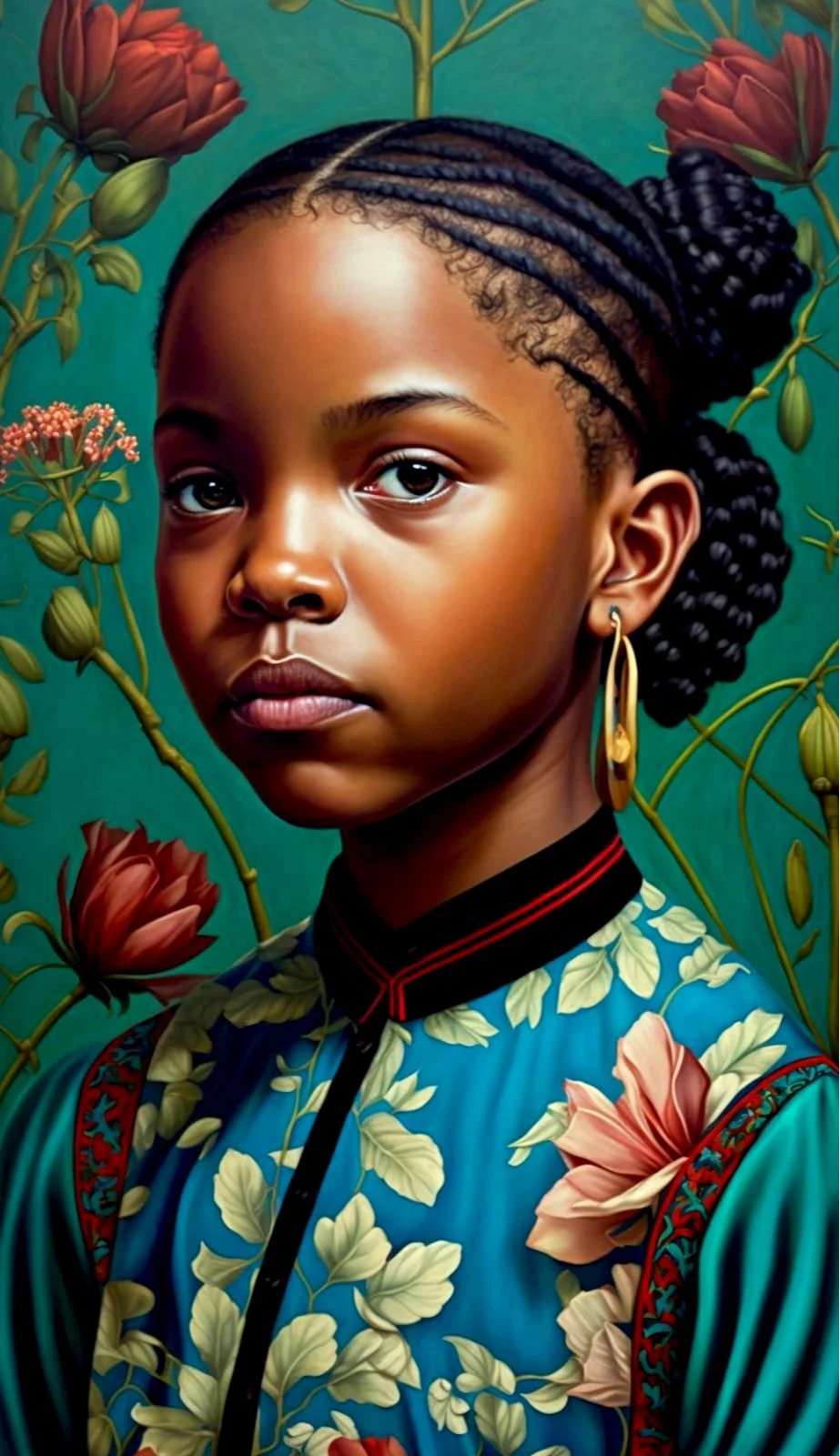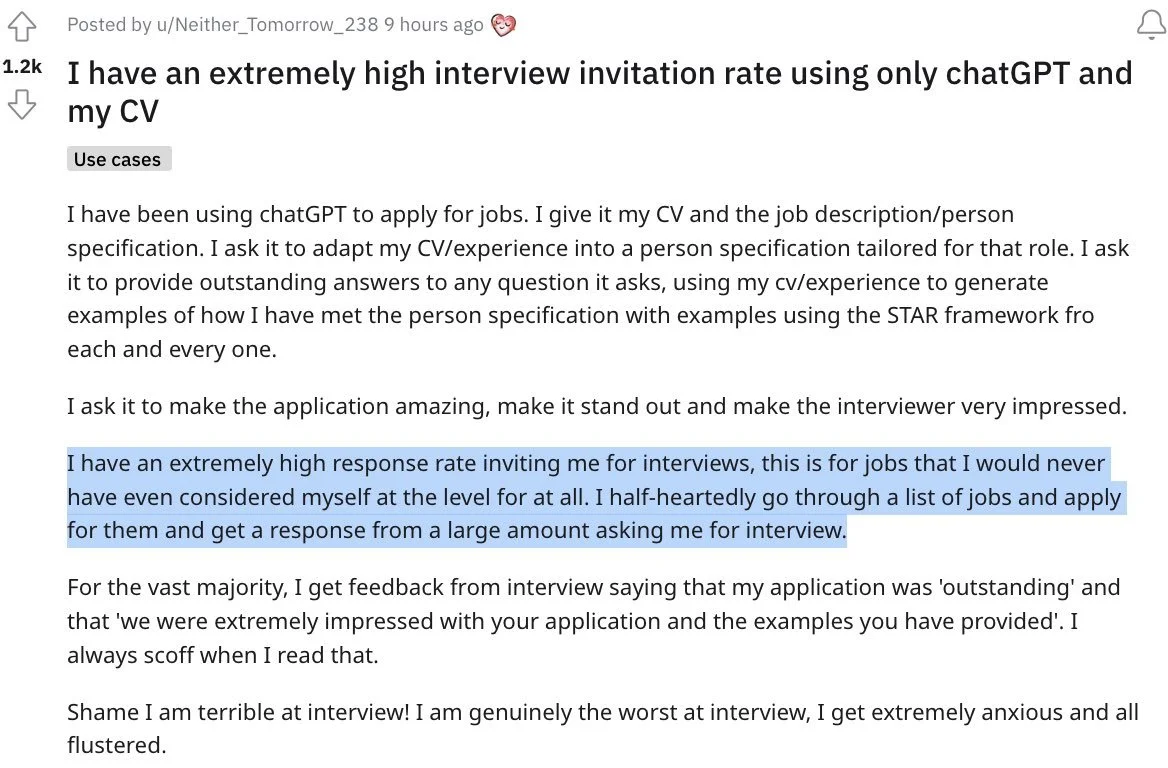A(i)ugmented Reality
I have a confession to make: I am an artist.
Setting aside the philosophical discussions around what art and an artist is; a person who makes art is an artist.
Throughout the years, I’ve dabbled in poetry (yes, 50+ excruciating iambic forays), large scale mosaic pieces, laser engraved skateboards, a provocatively painted machete and now, AI generated, prompt-driven art. I am a multi-media artist.
8 year old black girl with braids on vine background kehinde wiley --ar 9:16 - Upscaled by @Graeme (fast)
I’m not the only artist that is embracing this new paradigm, Grimes has jumped in on the act too. She was inspired by the release of “Heart on my Sleeve” a song sung by cloned voices of Drake and The Weeknd which has since been pulled off of streaming services because of supposed copyright infringement. There is an argument to be made that instead of shunning this new tool, we can enter into a new era by embracing it; whether current law and commerce allows for it or not.
Outside of the artistic realm, companies and individuals are envisioning how they can use LLMs to shorten their time to output and make their outcomes more effective. The more industrious job searchers amongst us are using ChatGPT and their CVs to apply for jobs they wouldn’t ordinarily think of, adapt their CV to that specific role and then use it to come up with a STAR framework of their experience. Bonus points for using the job specification to come up with interview questions!
As the models continue to evolve, it’s not hard to imagine a job search assistant which could find jobs that are a fit for you, submit personalized applications, prep you for interviews, give feedback afterwards, and even negotiate your salary and perks.
On a whole different level altogether, Palantir is building a chat LLM interface for war:
“Toto, I've a feeling we're not in Kansas anymore.”
If we consider that these models are built on massive amounts of data and that there is an increasing amount of it from connected devices as well as smart cities, the implications for humanity are enormous: this could affect billions of people. In areas like insurance, data from telematics devices can allow for real-time crash detection that can empower insurers to dispatch emergency services quicker. In the defence industry, the increased sensitivity of sonar devices sometimes leads to sea life being mis-identified as potential threats - with more powerful AI we literally have a greater opportunity to save the whales.
As an electric car owner, the replacement of fossil fuel vehicles with EVs is close to my heart; if our governments are going to hit their net zero goals, this needs to happen efficiently and effectively. So, where will everybody go to charge their cars? In the UK, the majority of people will be using public charging stations and AI can help us to understand infrastructure capacity, accessibility, the social impact as well as the ethical implications that could arise from an unfair distribution of power.
The lines between utility and futility still aren’t clear. As society we’re in the moral and practical grey zones of AI, but the potential is clear. In the face of these challenges, however, it is easy to feel a sense of helplessness and unease. What can I, as a concerned humanitarian, do in the face of these challenges? The Centre for Humane Technology has some great, practical things we can do in our everyday lives and at every level of society. If we can augment our human existence and use AI responsibly, the future is, indeed, bright.

